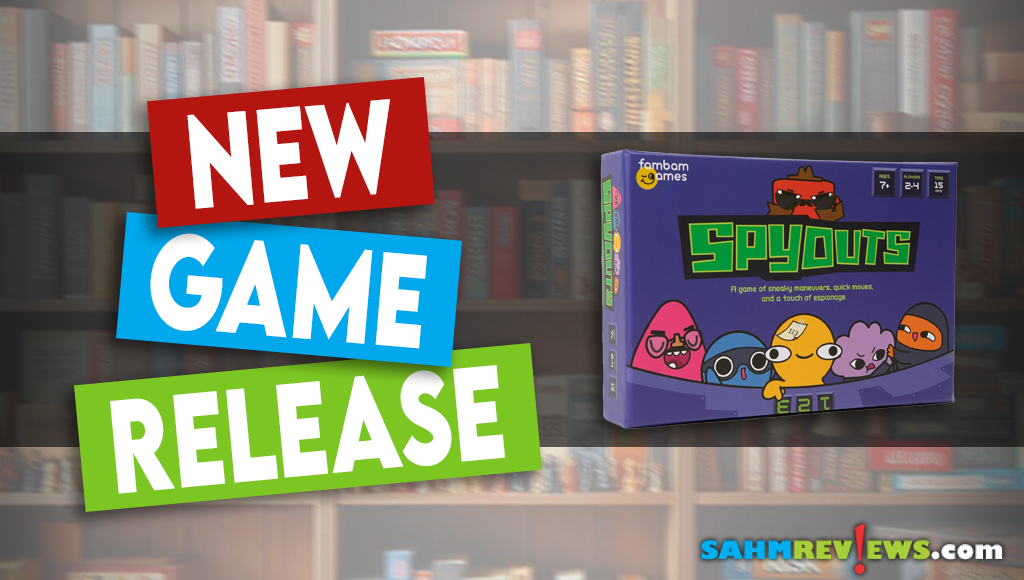Thrift Treasure: CUBU Card Game
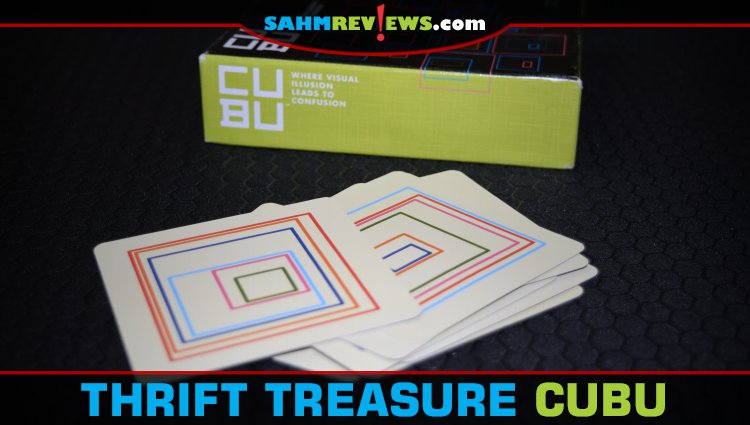
This week’s Thrift Treasure find is an interesting card game. CUBU caught our eye not because the game play was unique, but because the choice of artwork was. I love square cards and have implemented them into several of my game designs. These are not only square, but the symbology is also abstract enough to slow the game down. It is apparently what the designer wanted.
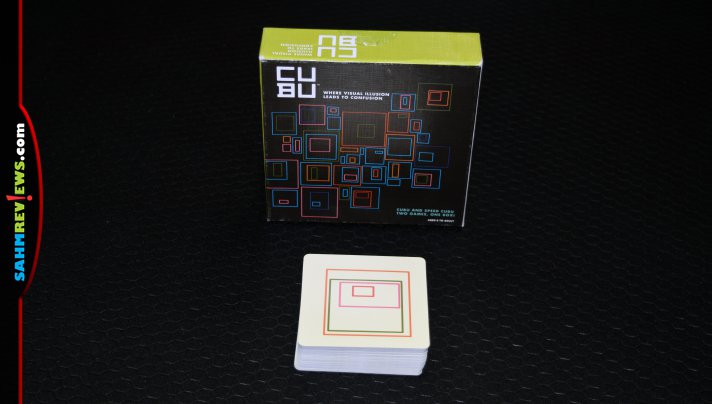
Up to six players can play at a time using the included seventy-two card deck. After shuffling, each person is dealt a hand of seven cards. The rest are stacked in the middle of the play area as a draw deck. Each of the regular CUBU cards has several rectangles printed on the face, each one of a distinct color.
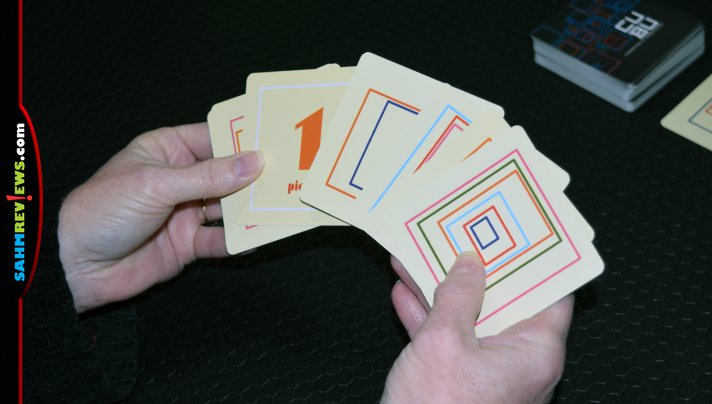
That’s the unique thing about CUBU. A card will represent up to six different number and suit (color) combinations. For instance, starting with the smallest polygon – that one represents a “1” of that color. The next rectangle larger is a “2” of its color, and so on. You’ll need to stop and examine each card in your hand to determine which numbers they represent!
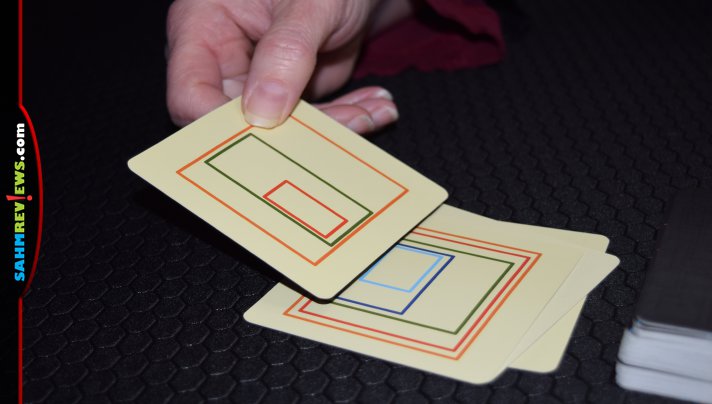
CUBU is remarkably like UNO in that the rules are nearly identical. On a turn you will either play a regular card from your hand, an action card, or draw a new one from the deck and pass your turn. When the game starts, the top-most card from the draw deck is revealed and the first player may play as many regular cards as they wish if they continue in order. And they get to decide which number on the starting card they wish to begin with.
For instance, if the third box is green, that represents a green three. The active player may play either a green four or two on top of the pile. If they can, they may continue playing with a green five or one (must continue in the same direction). Once they are finished, the play passes to the next person.
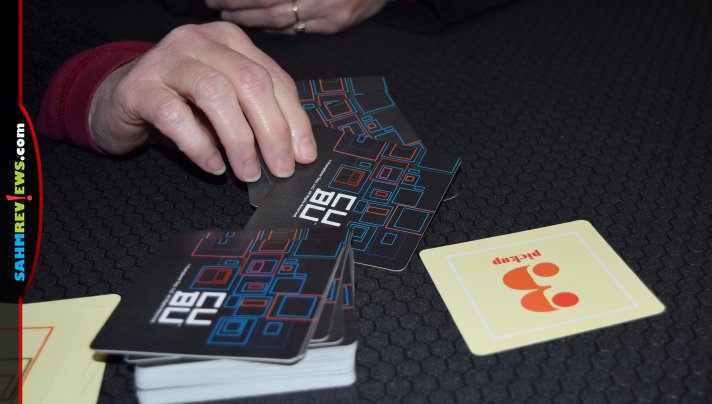
Instead of playing a regular card, you might choose to play an action card. These cause other players to miss a turn, interrupt another player’s turn, swap hands, etc. They are meant to mix up the game and are more frustrating than fun. If you cannot play either type of card on your turn, draw one from the deck and add it to your hand.
The object of CUBU is to be the first person to get rid of all cards in their hand. A full game is played over multiple rounds. At the end of each round, the winning player receives points equal to the cards in all other players’ hands. Regular CUBU cards are five points each and action cards are worth ten. The first player to collect one hundred points or more is the overall winner of CUBU.
While interesting, what detracted us from the fun was the similarity of the six colors on the cards. These are supposed to be the suits. Pink, Red, and Orange are too similar in shade and make determining them from one another difficult. Many times, we had to use the process of elimination to figure them out since they won’t appear on a card twice. Players with any type of color deficiency would not be able to enjoy CUBU at all. It’s too bad the rectangles weren’t also different shapes, making identification much easier.
CUBU isn’t in print any longer, but used copies are readily available on eBay for a wide range of prices.
Would you have difficulty telling the values of these cards apart?


